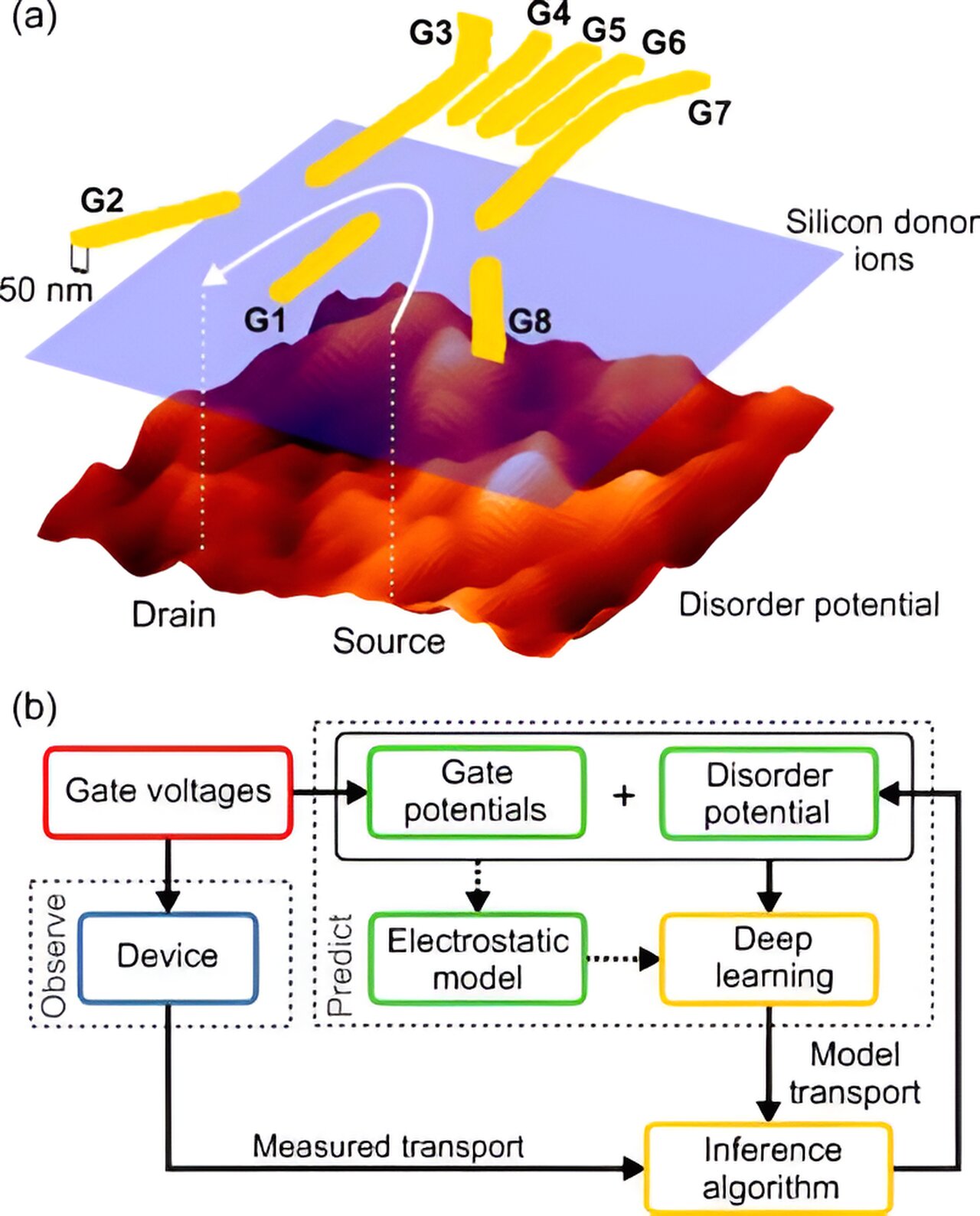
A study led by the University of Oxford has used the power of machine learning to ove...
Read More

A study led by the University of Oxford has used the power of machine learning to ove...
Read More
Quantum scientists have discovered a rare phenomenon that could hold the key to creating a ‘perfect switch’ in quantum devices which flips between being an insulator and superconductor.
The research, led by the University of Bristol and published in Science, found these two opposing electronic states exist within purple bronze, a unique one-dimensional metal composed of individual conducting chains of atoms.
Tiny changes in...
Read More
A novel algorithm allows for efficient and accurate verification of quantum devices. Technologies that take advantage of novel quantum mechanical behaviors are likely to become commonplace in the near future. These may include devices that use quantum information as input and output data, which require careful verification due to inherent uncertainties. The verification is more challenging if the device is time dependent when the output depends on past inputs...
Read More
Recent Comments